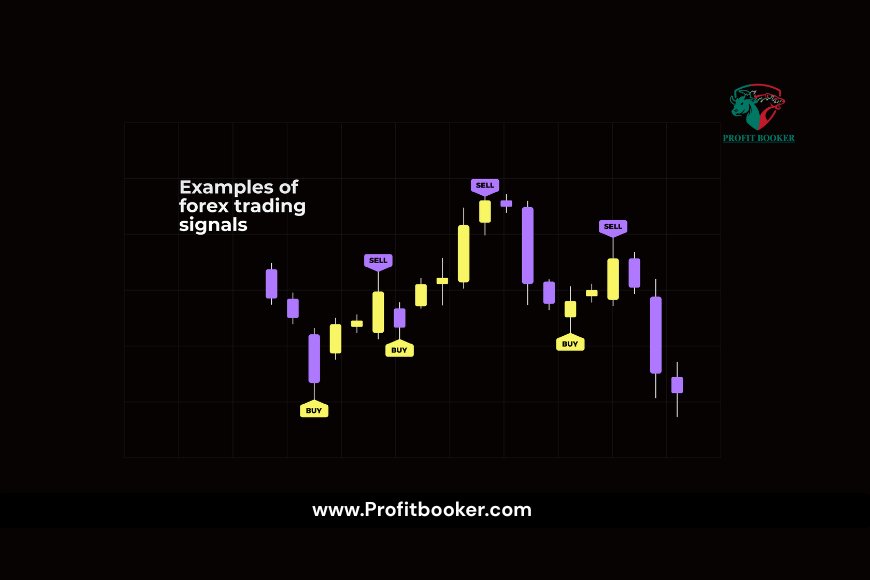Forex Signals: Are They Worth It? My 30-Day Experiment
In this 30-day experiment, I tested multiple forex signal providers to see if they really help traders make profits. Learn which signals worked, key pros and cons, accuracy rates, and practical tips for using forex signals effectively. Perfect for beginners and those exploring guided forex trading strategies.

Introduction
Forex trading is exciting but challenging. With currencies constantly fluctuating, many traders turn to forex signals for guidance.
But the question is: Do forex signals really work, or are they just hype?
To find out, I conducted a 30-day experiment, testing multiple signal providers, following their recommendations, and tracking profits and losses. This blog shares my experience, results, and insights to help you decide if forex signals are worth your time and money.
What Are Forex Signals?
Forex signals are trade recommendations provided by experts, algorithms, or services. They typically include:
-
Currency pair to trade (e.g., EUR/USD)
-
Trade direction (buy/sell)
-
Entry, stop-loss, and take-profit levels
-
Recommended timeframe
Types of Forex Signals
-
Manual Signals: Provided by experienced traders or analysts.
-
Automated Signals: Generated by AI bots or algorithms.
-
Copy Trading Signals: Automatically copy trades of professional traders.
How I Ran My 30-Day Experiment
-
Selected 3 popular signal providers (1 free, 2 paid).
-
Used a demo account for safe testing.
-
Followed signals exactly, logging entry, exit, and profit/loss.
-
Tracked accuracy, success rate, and risk management daily.
This approach gave a realistic view of signal performance in real market conditions.
Week-by-Week Observations
Week 1: Initial Insights
-
Accuracy: ~60% profitable signals
-
Profit/Loss: Small gains offset by a few losses
-
Emotion: Reduced stress but required trust in providers
Key takeaway: Free signals often lagged or were inaccurate.
Week 2: Patterns and Challenges
-
Reliable providers reached 70–75% accuracy
-
High-risk trades with leverage caused bigger losses
-
Short-term signals needed quick action
Observation: Signals are helpful but do not guarantee profits.
Week 3: Strategy Adjustment
-
Filtered signals based on reliability and market conditions
-
Focused on high-probability trades only
-
Combined signals with personal analysis
Result: Success rate improved (~80% for filtered trades), profits remained moderate.
Week 4: Experiment Results
-
Total trades: 50
-
Profitable: 32 (64%)
-
Losing: 18 (36%)
-
Net profit: Modest, small lot sizes
Key learnings:
-
Signals help beginners save time
-
Paid services are not always better
-
Risk management is essential
-
Signals must be combined with your own understanding
Pros of Using Forex Signals
-
Saves time on market analysis
-
Access to professional strategies
-
Learn trading patterns and decision-making
-
Reduces emotional trading mistakes
Cons of Using Forex Signals
-
Not 100% accurate; losses happen
-
Can become a crutch for beginners
-
Quality varies widely among providers
-
Risk of scams or unreliable services
Are Forex Signals Worth It?
Forex signals can be useful for:
-
Beginners looking for guidance
-
Traders with limited time
-
Those wanting to reduce stress in decision-making
Tips for using signals effectively:
-
Test on a demo account first
-
Apply strict risk management
-
Learn basic forex strategies to filter bad signals
-
Avoid over-reliance on one provider
Conclusion
After 30 days, here’s my verdict:
Forex signals are useful tools, but not magic bullets. They can save time, guide decisions, and improve discipline—but success still depends on your knowledge, judgment, and risk management.
-
Beginners benefit most
-
Experienced traders can use signals as a supplementary tool
-
Signals should never replace learning
Bottom line: Forex signals are worth trying, but never trade blindly. Education, patience, and discipline are your strongest assets in forex trading.




